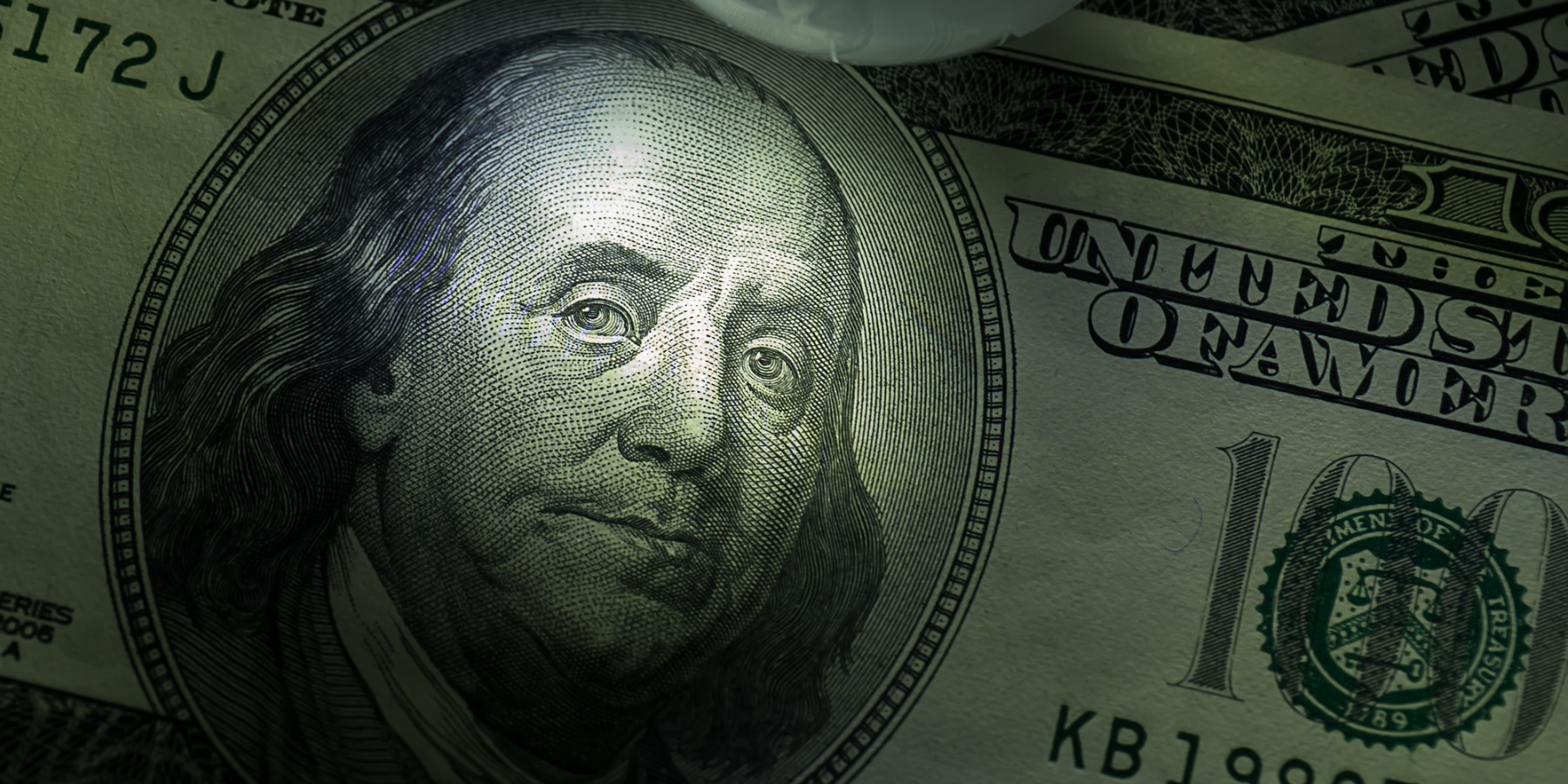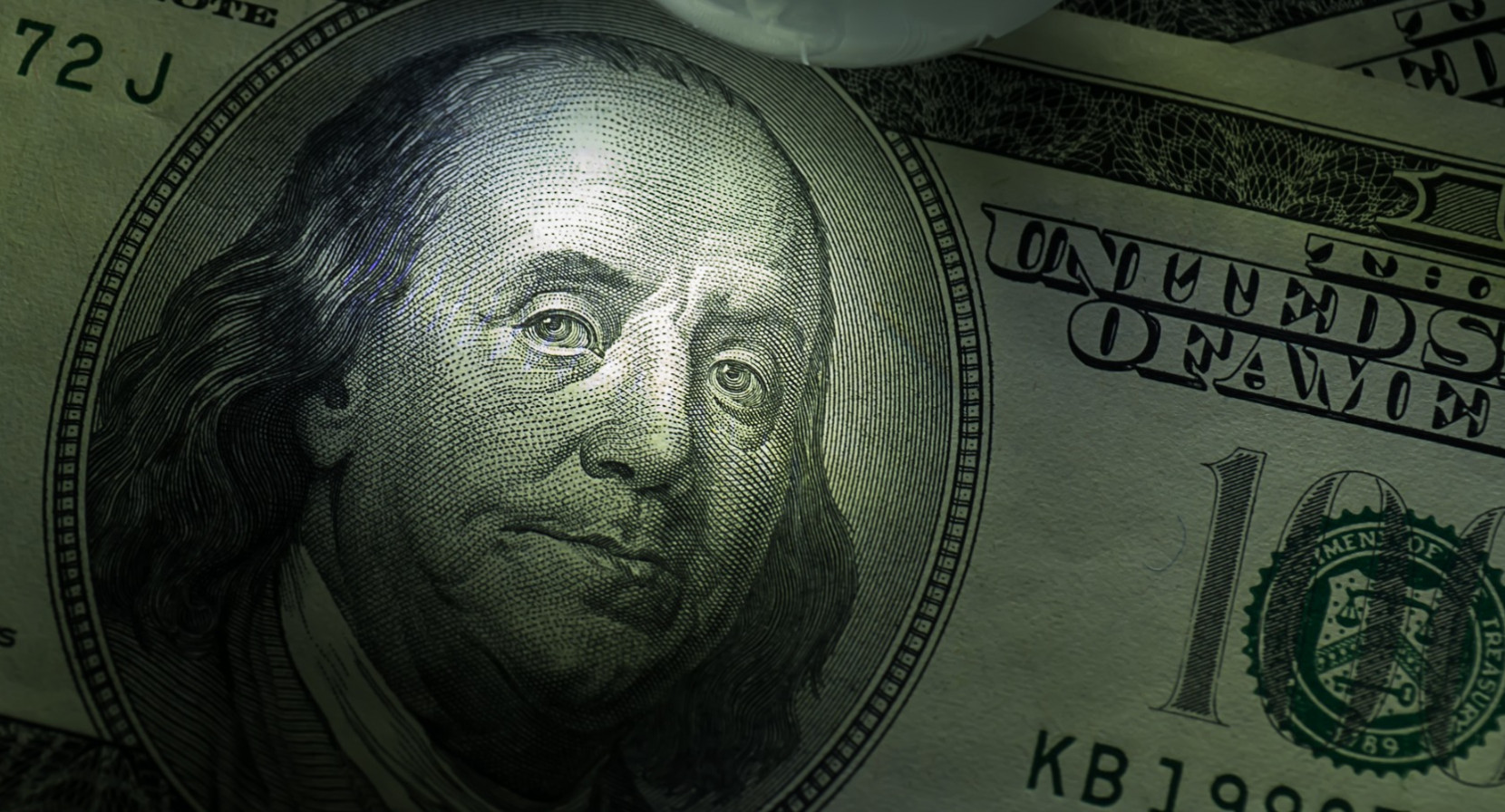We’ve written a fair amount recently about money market funds and other cash options. While that might seem like a boring subject in the midst of a bull run to new stock market highs, the reality is that interest rates have been so low for so long that there are a lot of investors who have never learned about these savings options.
Even those of us who were around pre-2008 when savings instruments used to yield reasonable returns can be excused for needing a refresher course after a decade of near-zero interest rates making it not matter what instrument (if anything) you held your cash in. With interest rates on the rise, it’s starting to matter again.
Here are a couple of recent SMI articles for those who want to catch up:
Money-Market Funds Are Back in the Game (primer on how MMFs work)
Of Lesser or Greater Interest (Broker "sweep" and cash options)
Today I want to expand the discussion and talk about another "cash" option — SHY.
SHY is the ticker symbol for the iShares 1-3 Year Treasury Bond ETF. If that sounds familiar, it may be because SHY is the formal recommendation we use within SMI’s Dynamic Asset Allocation (DAA) when the strategy calls for us to move a portion of that portfolio to cash. However, we only started following DAA as a live strategy in 2013, at which point short-term interest rates were already basically zero. So every time DAA has called for "Cash" to be included in the portfolio since DAA’s inception, we’ve noted that investors might prefer to just leave the proceeds in the cash sweep option at their broker, rather than taking the additional step to buy SHY with that cash. Until recently, there just hasn’t been enough return in SHY — or any other cash alternatives — to be worth the extra effort.
But that interest-rate dynamic is rapidly changing, making it worth taking a closer look at SHY and the other cash alternatives SMI has been writing about in recent months. As Joseph pointed out in the "Lesser and Greater Interest" article linked above, most brokers no longer automatically "sweep" your available cash into an advantageous account to maximize your interest, as they used to a decade ago. Now you typically have to take some action yourself, by either designating that you always want your cash held in a certain money-market option, or by actually executing a trade to purchase an MMF or other instrument like SHY.
While the money-market fund options discussed in these earlier articles are good choices for many, there are times when SHY may be more attractive. And there are also situations when a good MMF might not be available within a certain account. If you’re having to purchase a money-market fund directly (meaning it’s not an automatic sweep option at your broker), you need to be careful not to run afoul of the short-term trading limits at your broker. This is particularly acute for TD Ameritrade accounts, where the NTF holding period is 180 days. Trade out prior to that and you could easily offset most or all of your accrued interest by paying a $49 short-term trading fee.
Another less common issue some investors may run into is a result of the money-market fund reforms that passed after the Financial Crisis. This Schwab document provides a good summary, but in a nutshell what you need to know is simply that if you ever get a message saying you can’t buy a money-market fund because you’re a "Non-Natural" (or "not a Natural") Person, it likely means that your account is an institutional account type and you’re not allowed to buy retail money-market funds through that account. This is unusual, as supposedly most 401(k) accounts are included in the "retail" group and given access to retail MMFs. But we’ve seen at least one SMI reader in a 401(k) account run into this. In those cases, you could search for an institutional MMF. But as we’ll see, it may be easier, and just as profitable, to just buy SHY in a case like this.
Why be SHY?
The biggest feature difference of SHY is that it’s an ETF, which has both pros and cons for our purposes here. On the pro side, you can trade in and out cheaply. If you’re considering paying a transaction fee of $50 or more for an MMF, a $5 ETF commission is a lot more attractive. You also have nearly immediate access to that money, as you can trade out of an ETF any time. That’s all great, but compared to a broker default sweep option, it’s probably a downgrade if your broker gets you in/out of its sweep vehicle instantly and for free.
The biggest drawback with SHY is the unpredictable nature of its returns. MMAs and MMFs are savings instruments with predictable, positive returns every month. SHY is a short-term bond fund whose returns go up and down on a daily and monthly basis. And in the short-term, those returns can reflect the direction of interest rate changes as much or more so than the absolute level of interest rates themselves. This takes some getting used to.
Until recently, SHY hasn’t been worth the trouble. That’s because interest rates have been very low and rising. As a reminder, when interest rates rise, the value of existing bonds fall. So in recent years, SHY — which owns 1-3 year Treasury bonds — has owned bonds that have low yields, and has seen their values fall as interest rates have risen. That’s a bad combination, and not surprisingly, SHY has had negative returns through much of the period since the Fed started raising rates in earnest two years ago.
But that dynamic is shifting and a quick look into the numbers will explain why.
The 2-year Treasury bond yield is a decent proxy for SHY’s portfolio, because it’s the middle of the range of what SHY owns. One year ago, the 2-yr Treasury yield was 1.36%. At that point, a 0.25% increase in interest rates represented an 18.4% increase in the absolute 2-yr rate, which is huge. After the Fed hiked rates last December, the 2-year Treasury yield increased to end 2017 at 1.89%. At that point, a further 0.25% hike would represent a 13.2% increase to the absolute 2-yr rate. Still very significant, but you can see how the impact of each additional rate hike diminishes as the absolute level of yield increases.
Fast forward through two additional rate hikes so far in 2018. Today, the 2-yr Treasury yield is 2.66%, nearly double where it stood just a year ago. At this point, a further 0.25% rate hike represents a 9.4% increase in the absolute rate. That’s roughly half the impact the same 0.25% rate hike would have had just one year ago.
The point of this is two-fold. First, the interest rates being paid by the new instruments owned by SHY has gone up rapidly, roughly doubling over the past year. Second, the negative impact of each further rate hike is diminishing rather rapidly as well. Both of these trends are positive for SHY’s future returns.
While we’re just now reaching what I’d consider to be the inflection point where it makes sense to start buying SHY rather than sitting in a cash account yielding next-to-nothing, we can see some trends starting to emerge. Again, the month-to-month volatility of SHY is different from the steady climb of MMAs and MMFs. For example, the past three calendar months have yielded returns of +0.35%, -0.06%, and +0.04% for SHY. But back the lens out just a bit to smooth out that monthly volatility and we see that SHY has yielded an annualized gain of +1.33% based on its most recent three months, and +1.40% based on its most recent six months (both thru 8/31).
Granted, 1.33%-1.40% isn’t anything to get too excited about. And good MMFs and MMAs are paying as much (or even a bit more, in select cases), so if you have ready access to one of those without paying high transaction fees or getting locked into long holding periods, go ahead and use those for now. But if you don’t have easy access to a better tool, earning 1.33%-1.40% annualized is a lot better than earning 0.01% or whatever nonsense a lot of broker/bank savings options are still yielding.
For those with sizeable DAA (or other cash) holdings, this can add up. Someone with a $50,000 cash position would earn $700/yr at 1.4%. That’s well worth spending a few minutes of time and paying a pair of $5 ETF commissions (one to buy SHY and another to eventually sell it).
Future interest rate hikes will continue to hit SHY share prices as the Fed continues to hike periodically. But we’ve reached the point where the cumulative benefit of the higher yields being earned by SHY has surpassed the short-term negative hit caused by each additional rate hike. So if you don’t have a better cash option available to you already, it’s time to start using SHY.









